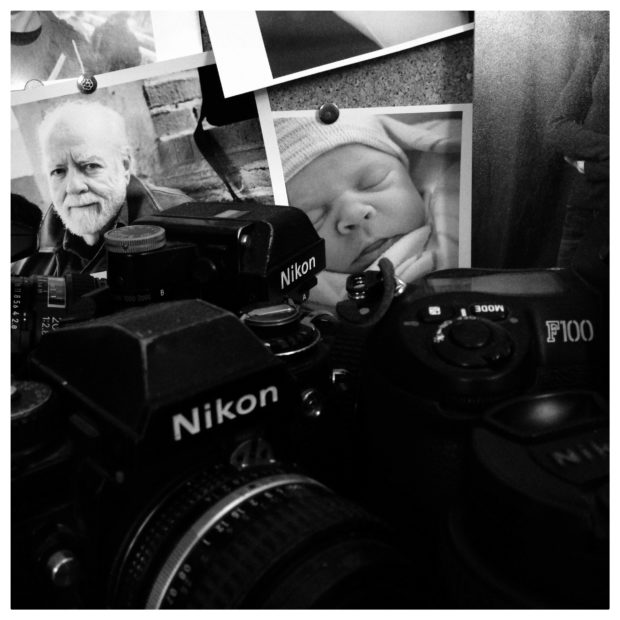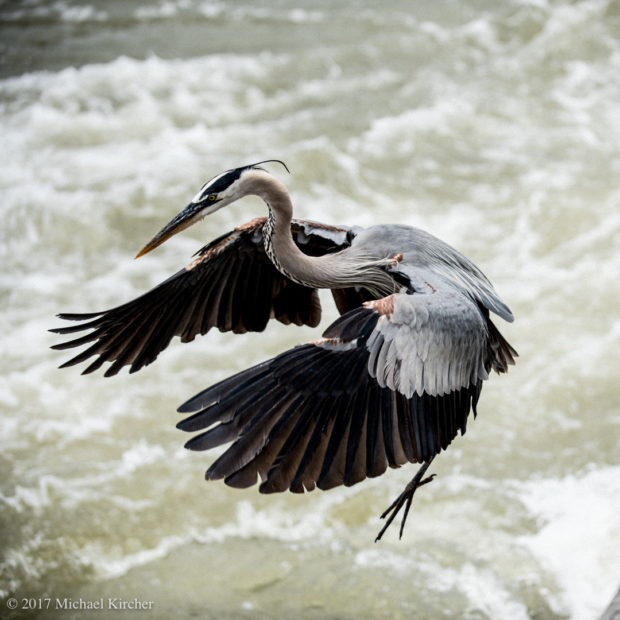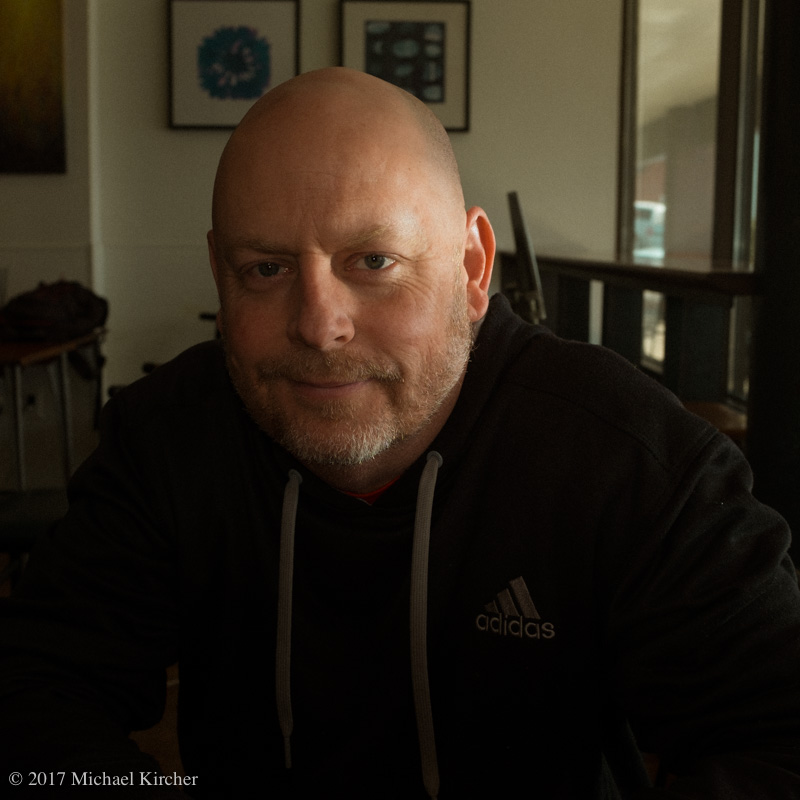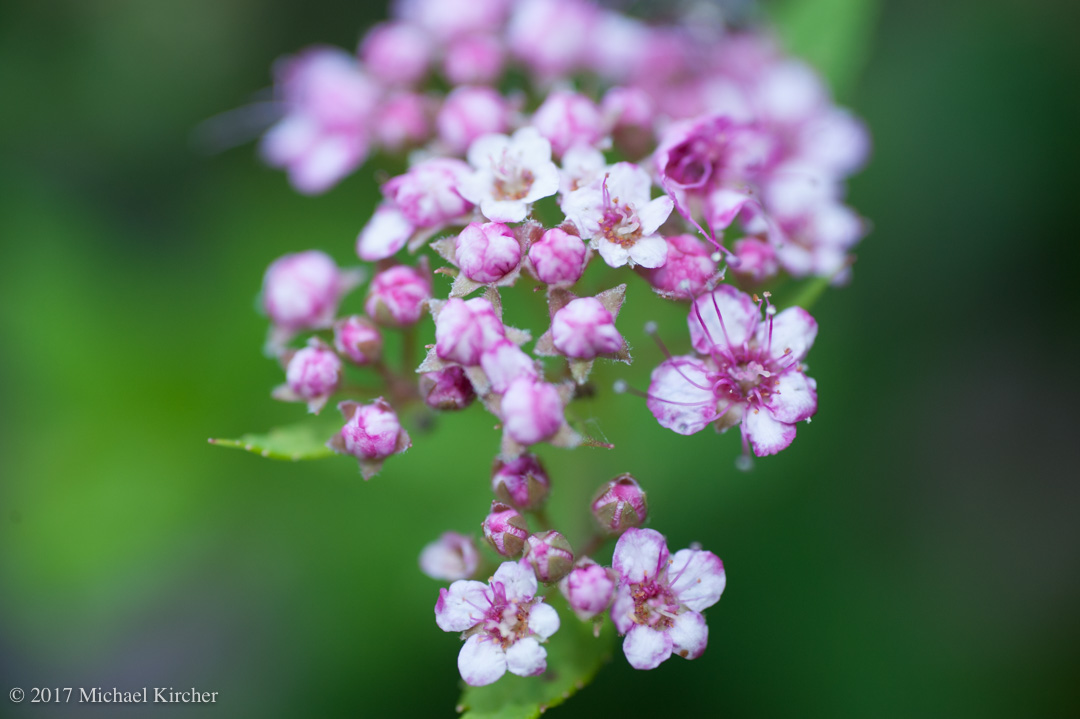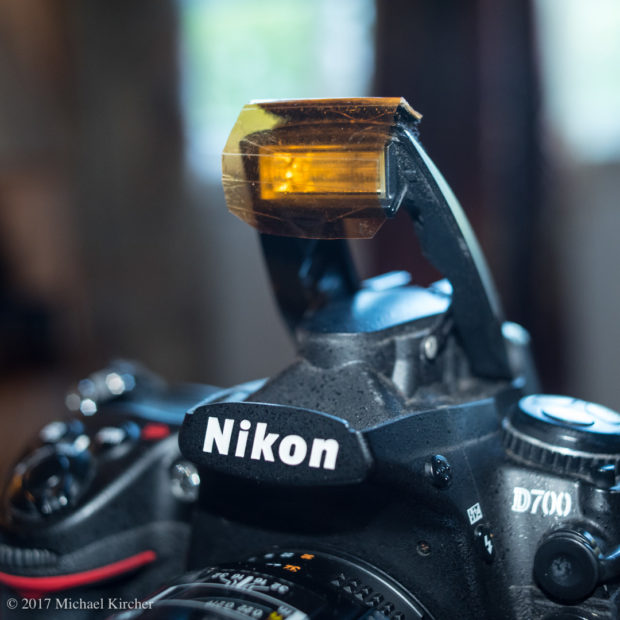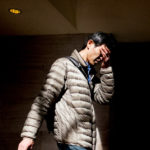I love photography. But I’m not sure I can tell you why.
The act of organizing the camera gear before heading out. The trip to the location. Arriving and getting started. Looking for photographs. Finding photographs. Shooting. Shooting more. Looking for more. The occasional peek at the LCD screen. Love it. Love it all.
I love shooting scenics. I love shooting wildlife. I love shooting life in the city. I love shooting portraits, studio and environmental. I love shooting events, Pride parades, weddings, bat mitzvahs. I love shooting skateboarders, kayakers… adventurers. I love the challenge of trying a new style. I love the never ending search for the perfect composition… or look… or moment.
I love the solitude of walking the banks of a river in the pre-dawn light… others love the crazed camaraderie of a press scrum.
The sound of the shutter, the sharp “click” as the lens locks into place, the flash of light I catch out of the corner of my eye when the on-board strobe fires. Love it.
I love the the look on peoples faces when I show them the image on the back of the camera. I love when I find a “Wow!” photograph I’d inexplicably passed over in my archives.
When I’m looking through the viewfinder and I’m not thinking, just doing. When everything is happening and I’m just trying to keep up. When I’m deep in the zone dancing that dance, staying with it, trying not to get in the way, but move closer, now step back, bob and weave, check the edges of the frame, shoot, shoot, shoot… it’s hard to describe the feeling in that moment, but I’ll never tire of it.
Garry Winogrand was once asked about his philosophy of photography. He said, “I photograph to find out what something will look like photographed.”
That’s perfect. If there is a more honest, unpretentious approach to photography I haven’t heard it. Who doesn’t want to see what their favorite person, place or thing looks like photographed? That’s what it is, isn’t it?
Photography is its own reward.
